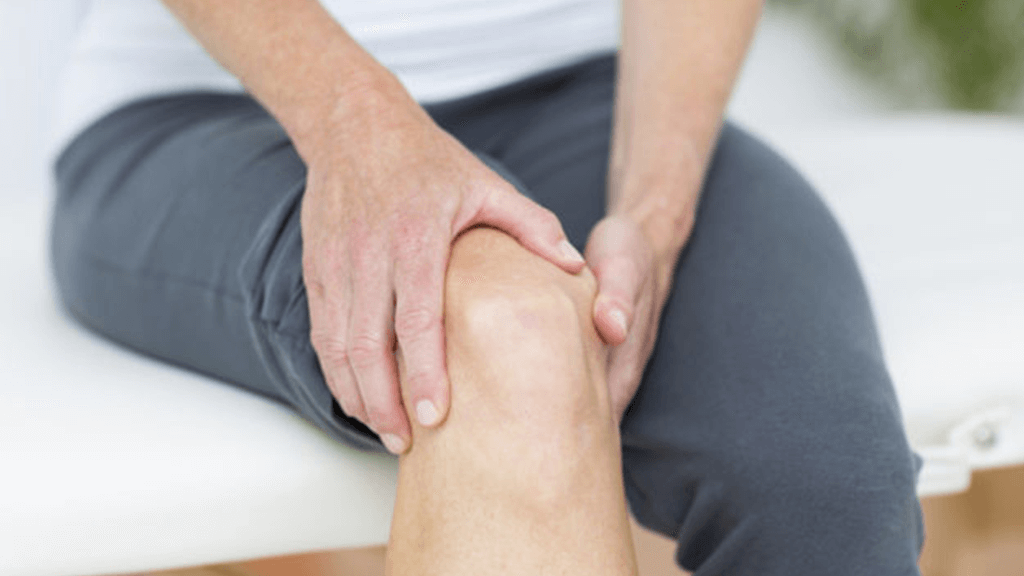
Don’t let knee pain slow you down
Most people experience knee pain at some point in their lives. Sports, exercise and other activities can cause muscle strains, tendinitis, and more serious injuries to ligaments and cartilage. For some, knee pain can be so severe that it limits daily activities. For others, mild knee pain may be a chronic hindrance to the active lifestyle they desire. In either case, chances are that you’re dealing with a knee problem that shouldn’t be ignored.
The knee joint is one of the most used and vulnerable joints in our body. It is connected to our thigh and shin bone by ligaments alone. The muscles in the thigh, including the quadriceps, adductors, hamstrings, and abductors all play a part in keeping a balanced tension on the ligaments connected to the knee joint. When one muscles group is weaker or tighter than the rest, it causes imbalance and leaves the knee joint vulnerable to injury and pain.
What Causes knee pain?
Knee pain can be divided into three major categories:
- Acute injury: such as a broken bone, torn ligament, or meniscal tear
- Medical conditions: arthritis, infections
- Chronic use/overuse conditions: osteoarthritis, patellar syndromes, tendinitis, and bursitis
What are knee pain symptoms and signs?
The location of the knee pain can vary depending on which structure is involved. With infection or an inflammatory process, the whole knee might be swollen and painful, while a torn meniscus or fracture of a bone gives symptoms only in one specific location.
The severity of the pain can vary, from a minor ache to a severe and disabling pain.
Some of the other findings that accompany knee pain are
- difficulty walking due to instability of the knee,
- limping due to discomfort,
- difficulty walking up or down steps due to ligament damage,
What are risk factors for knee pain?
- Biomechanics: The knee joint is complicated in its operation and is used frequently throughout the day. Any change in the movement of the joint (leg-length difference, change in walking style due to back problems) can cause subtle changes and cause pain and injuries.
- Excess weight: The stress on the knee joint is increased with excess weight. Obesity also increases the risk of osteoarthritis as the cartilage breaks down more rapidly.
- Overuse during repetitive motions as are found during certain exercises (jogging, skiing) or work conditions (long periods of kneeling) can cause breakdown of cartilage and lead to pain.
Injury Treatment and prevention
In most cases, as soon as a knee injury occurs, the RICE method — rest, ice, gentle compression and elevation – can help speed recovery. After you seek medical advice and a diagnosis, many health professionals will suggest gentle exercise and strengthening of the area once inflammation and initial pain has gone down.
Specific Pilates exercises performed on equipment and the mat are very useful in the course of rehabilitation for the knee, treatment of an injury, and strengthening for prevention. Pilates treatment will focus on tailored exercises to restore function to your knee and strengthen the leg muscles that support it (Quadriceps, Hamstrings, Hip abductors, adductors and external rotators and the lower leg muscles). Those with biomechanical abnormalities (pain caused through body misalignment), may also benefit from orthotics and Structural Body work to help bring the body back into optimal alignment.
For more information on knee injury treatment and prevention, contact Liane at Pilates Connection on 0400 012 693



Sorry, the comment form is closed at this time.